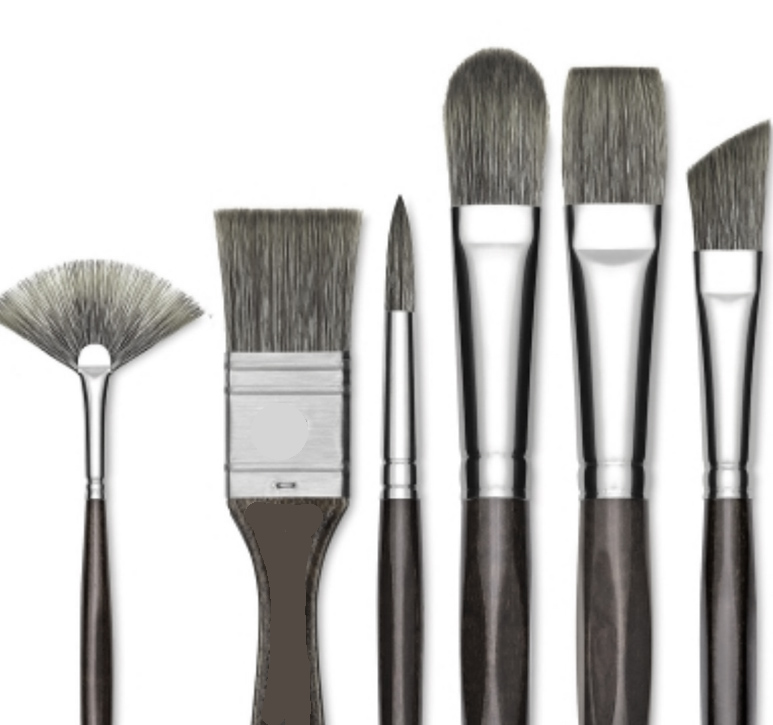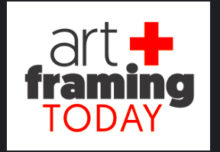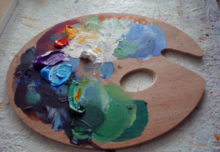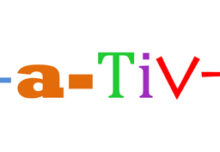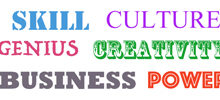Artists use funny uncommon language some of the time. I recently got asked why my painting was labeled ‘gesso panel’ under the title in an exhibition. I couldn’t immediately remember or understand why either. Gesso is not a word that I use in everyday language. Not many people do. I was confused, and mixed it up with ‘gouache’. And so I explained what ‘gouache’ was, which didn’t help.
So here are some more unusual arty words and phrases with explanations. You can just drop them into a conversation with a friend to explain or create an expert impression.
ACRYLOGRAPHS
These are a kind of picture making technique that is a hybrid between original and prints. The artist first paints a picture. Then the picture is scanned and a digital file is produced. The file can be manipulated, resized, cropped, recoloured, etc on the computer. Then the image can be printed using lightfast inks onto canvas. The canvas is stretched and sized. Then the artist over paints with extra details and textures to create a unique new piece. The result can even be rescanned and another different picture produced.
CHIAROSCURO
Chiaroscuro is where the artist has exaggerated the different light and dark shadows in a painting for effect. Mid-tones are basically eliminated.
CLOISONNISM
Cloisonnism is a style of picture making where the artist has used dark outlines round everything in the picture. The word is based on the use of cloisonnes, or raised borders, in enamels, ceramics, or glass pictures where colour areas are kept in separate surface compartments during kiln firing.
DONKEYS
Donkeys are a kind of studio bench-seat that the artist sits astride to paint a life model, costume model, or still life painting. It has a structure at one end to prop up the artists paint board, canvas or sketchbook. These are usually appropriate for use in a class of art-students or amateur groups where several will be painting the same model at once.
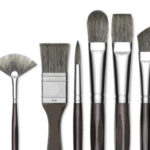
FILBERTS
Filberts are a kind of long handled brush that artists use to paint with. The oval shape of the paint bristles is like a hazel nut.
GESSO
A prepared surface of plaster-of-Paris on a wall or wood panel to be used as the ground of a painting by the artist. Nowadays gesso is usually a multi-layered smooth surface using chalky white pigments on plywood that has been rubbed down with fine sandpaper. Panels are stronger than canvas and the artist can safely make different kinds of marks and use thick paint using palette knives.
GICLEE
Giclee is a newish word denoting a method of printmaking using computer based files and inkjet printers. The best inkjet giclee printers use lightfast pigmented ink. They are printed slowly one by one and therefore cost more to create. Giclee as a word was introduced to focus on the difference between a high quality fine art print and quick, commercial volume, four-colour machine lithograph reproductions. The name comes from the French word for squirt.
GOUACHE
Gouache is a kind of paint that is something like thick water-colour. It mixes with water like water-colour and acrylic paint. But it has a opaque chalky appearance instead of a transparent one. Basically it is a mixture of pigment, binder, and extender just like most other types of paint. Traditionally some artists used honey or gum as the binder. The term also applies to a finished painting that has used gouache paint.
HAKES
Hakes are yet another kind of brush that artists use to paint with. A flat soft, square-ended brush, shaped rather like a house-painters brush, but usually shorter floppy bristles. The bristles are often goat’s hair. The brushes are employed in far-eastern art and lettering and can be twisted as they are used to make marks with a variety of shapes. They are also good for water-colour washes.
POCHADE
An artist’s pochade is like a portable paint-box, with paint tubes, brushes, and other kit that can be taken out into the country to paint sketches and smallish pictures. The artist might also take a tripod to carry the set-up. This is suitable and ideal for using oils or acrylics on boards or canvases. Whereas water-colourists painting on paper just carry a sketchbook and small light paintbox. Artists using pencils or crayons, are even happier. A pochade also describes the rough, sketchy, blurred kind of painting that might be the result.
RIGGERS
Riggers are another kind of brush that artists use to paint with. A long pointed sable brush originally used by marine painters to delineate the cordage of ships. Nowadays it is a great shaped brush for water-colourists, and someone doing lettering.
SCUMBLE
Scumble is a way of putting on a thin layer of paint in a dry scrubby way so that underlying textures are exaggerated. A coat of scumbled paint can be followed by a transparent glaze after the scumbled paint is dry. This is an interesting technique ideal for use in textured acrylic paintings rather than oil paintings where there is a much longer drying time.
CONCLUSION
There are loads of other words that can apply to an artists practice. These are just some useful examples that can be used to explain, or impress.

